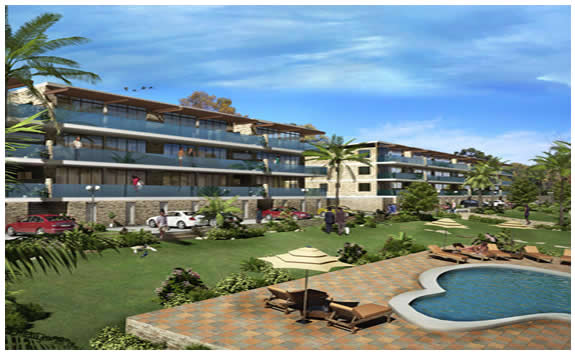skip to main |
skip to sidebar
 Anna's Massage Tips
Anna's Massage Tips
Working hard or studying too long on your laptop?
Need a boost of energy and mental focus? Place your thumb behind your ear and your index finger in front of it.
Start at the top of your ear and gently rub the border, slowly moving down to the earlobe. Do both sides at the same time, and viola! You will feel more alert and charged to go on.
 The walking experience is primordial. All land-based creatures do it. Humans have been relying on this primary functional activity of daily life for as long as we have been around. Some people have developed it into a high-grade level of functional movement, an exercise that can combine performance with art, with health and fitness. Walking is uniquely human (though on two legs we cannot match the speed of most animals). We, nevertheless, can move with direction, determination, purpose and intention. Here the abstracted image ends and the real somatic feel begins.
The walking experience is primordial. All land-based creatures do it. Humans have been relying on this primary functional activity of daily life for as long as we have been around. Some people have developed it into a high-grade level of functional movement, an exercise that can combine performance with art, with health and fitness. Walking is uniquely human (though on two legs we cannot match the speed of most animals). We, nevertheless, can move with direction, determination, purpose and intention. Here the abstracted image ends and the real somatic feel begins.
Power Walking With Ease: From Hips To Spine To Arms
Walking upright requires an alignment with central gravity that is unique to humans. This connecting link starts from the hips, the strong bony structure and articulations of the pelvis generate three actions which are essential to getting lift and forward power. The hips have to rotate laterally, bend and extend, and flex.
That power is then transmitted to the spine and the ribs, which need to be in the best alignment to transmit the vectors of force. So what if it isn’t in the best alignment? First, imagine a car trying to move uphill in high gear. There is not enough power, the engine overheats and damage soon occurs. It is the same in a human body. If the hips are not generating the "horsepower" because of restrictions in action, then you walk harder using the legs. The legs become stressed, often manifesting this stress as knee problems. Second, the hips are doing OK, but the spine is curved either in a lower-back curvature (lordosis) or a mid-back curvature (kyphosis).
Does this sound discouraging? Look at it this way, if you recognize you are working too hard to walk, it is only a matter of some sensing, learning and movement awareness to shift out of a poor habit into a better way of walking to get the system functioning the way it was designed to do.
Try This Exercise
1. Face a door or wall. Place your fingers on it and organize yourself to be standing close and in the vertical plane. Avoid any leaning forward or putting pressure on your fingers.
2. Now, stand on one leg. Keep that leg straight and push through that leg as if you were pressing into the ground and generating a ground force, a spring-like action that runs up your spine and gives you the feeling of uplift (getting taller). 3. Think of directing the force through your body and notice how the body starts to turn. While you are doing this your other leg should have no weight on it. It can be touching the ground with the toes with the heel lifted to maintain your balance. Practice this activity on one leg, rest, and then do it with your other leg.
The key to this exercise is trial by experiment in order to sense differences and notice connections. Simply by doing and noticing, you start to activate your innate ability to feel the connection between pushing through a straightened leg and following that force as it travels through your body. It will probably rotate you slightly through the left if you are standing on your right leg, or to the right if you are standing on your left leg. Follow the force of this thrusting until you are clear where the end point is.
Simply by doing this exercise you are already developing movement awareness of sensing limbs, joint actions, resonant motion, lengthening and strengthening in an interconnected way. Once you start to cultivate the sensing of such connections, your walking will improve automatically. Walking as described above elongates the spine, provides strengthening, endurance, relaxation and perhaps most important, confidence building. Walking is the basic foundation of fitness.









